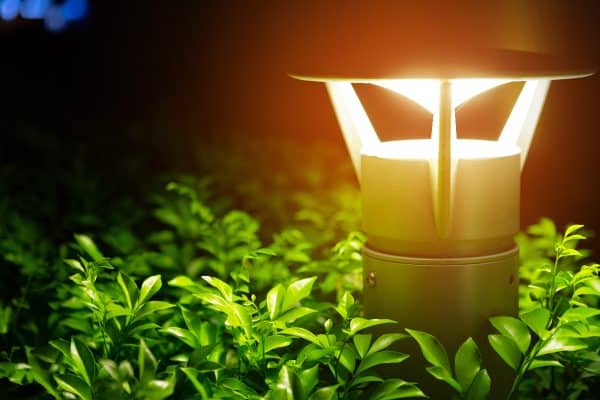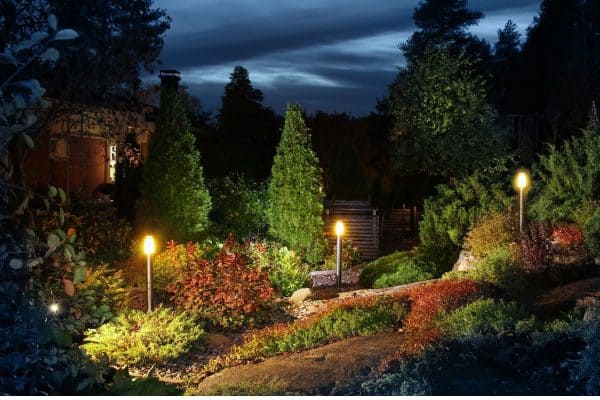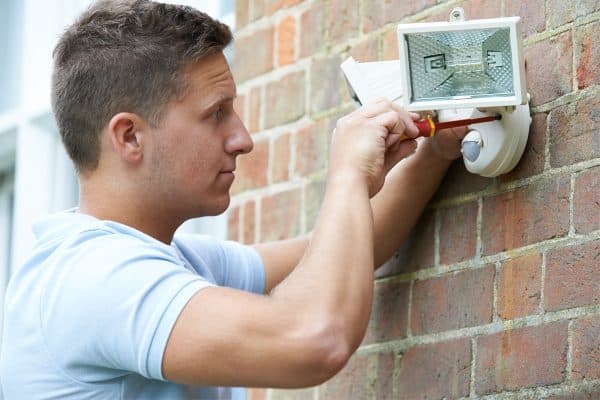You’re about to start an outdoor renovation project for your home. One aspect of your remodeling plans is changing the outdoor LED lights. But can you replace these lighting fixtures? If so, how can you do it? We researched these concerns for you and here’s what we found.
Some outdoor LED lighting fixtures, such as integrated LEDs, are replaceable. However, these particular models are often more difficult to remove and replace than typical bulbs. It’s also important to think about the type of outdoor LED lighting that you're working with for this replacement project. For instance, here's a quick look at replacing an outdoor LED ceiling light:
- Turn off the power.
- Remove the old LED’s faceplate and housing from the ceiling.
- Undo the hot wires.
- Connect the new housing to the new LED ceiling light.
- Secure the new lighting fixture’s faceplate and housing to the ceiling.
- Turn on the power to test the new LED light.
Outdoor LED replacement jobs might seem like relatively straightforward undertakings. But miss a few vital details and you may commit errors. So continue reading as we talk about this procedure in greater detail.
![Asia man changing compact-fluorescent (CFL) bulbs with new LED light bulb, Can Outdoor LED Lights Be Replaced? [And How To]](https://landscapingbase.com/wp-content/uploads/2022/07/Can-Outdoor-LED-Lights-Be-Replaced-And-How-To.png)
Are All LED Lights Replaceable?
Not every LED light is replaceable, especially when talking about outdoor variants. Models like integrated LEDs often require direct incorporation into different circuits. Although the setup makes the lighting fixtures more secure than others, it can be quite challenging to replace them.
On the other hand, most LED bulbs are replaceable. However, proper observance of the mount’s recommended voltage rating significantly reduces or even eliminates the risks of problems like overloads or short-circuits.

How Do You Remove And Replace Outdoor LED Lights?
The replacement process of an outdoor LED light often depends on the type of fixture you’re handling. In this section, you’ll learn how to change some outdoor LED lighting fixtures based on their types:
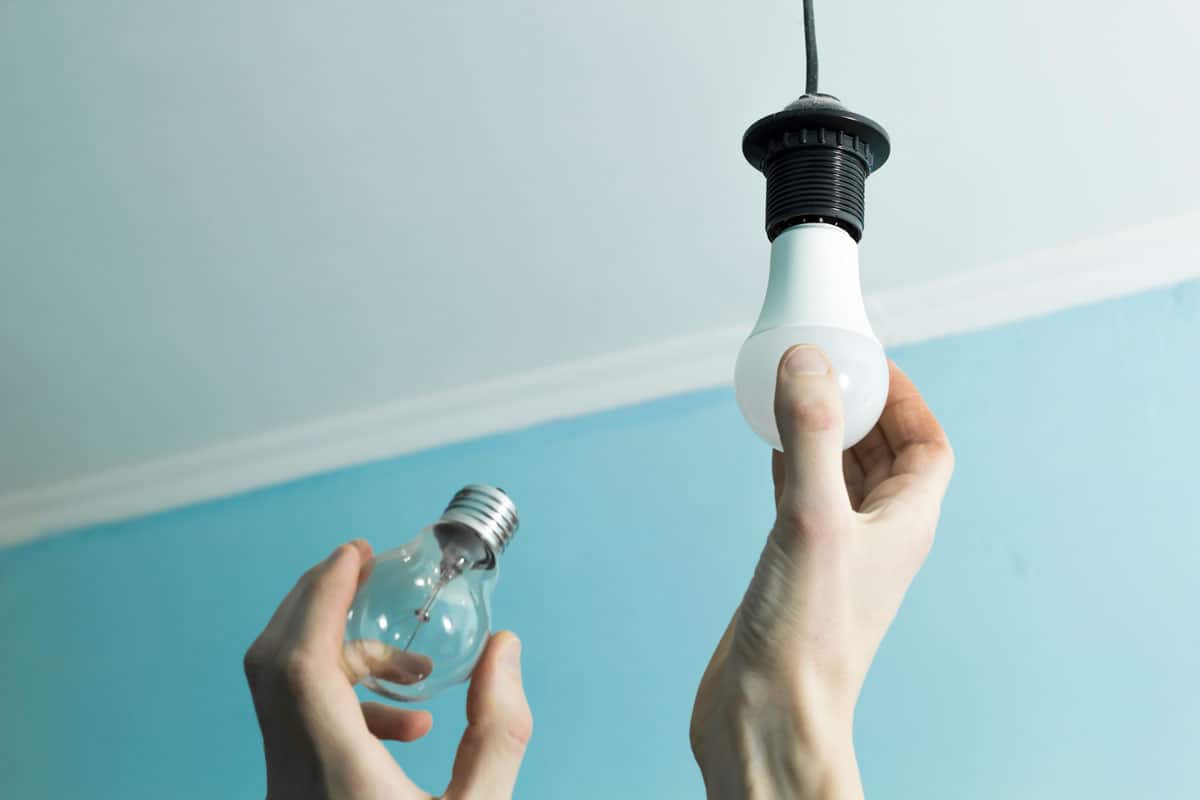
Replace LED Bulbs
As mentioned previously, you need to know the voltage rating of the lighting fixture’s bracket when replacing the bulb. Otherwise, you’ll likely run into issues. Apart from the voltage, other factors to know are the fixture’s wattage and base shape.
Once you have a compatible outdoor LED bulb for this task, continue by following these steps:
Step-by-Step Guide
- Turn off the circuit breaker connected to the LED fixture to avoid electrocution and other injuries.
- Hold the base or bracket of the LED bulb with one hand.
- Twist the old outdoor LED lightbulb until it becomes loose. Remove it from its housing afterward.
- Place the new LED bulb into the mount and twist it until it’s secure and tight.
- Restore power to the lighting fixture and turn it on to test if it works as intended.
Check out this pack of LED bulbs on Amazon.
Take note that you may also need to use a stepladder for this process, particularly if the LED bulb is beyond arm’s reach. If you’re going to use a stepladder, make sure you have someone to hold it for you to help prevent falls.
You can also watch the video below to gain additional insight into LED light bulbs:
The following video will also show you a visual guide on the steps mentioned above:
Replace Integrated Ceiling LEDs
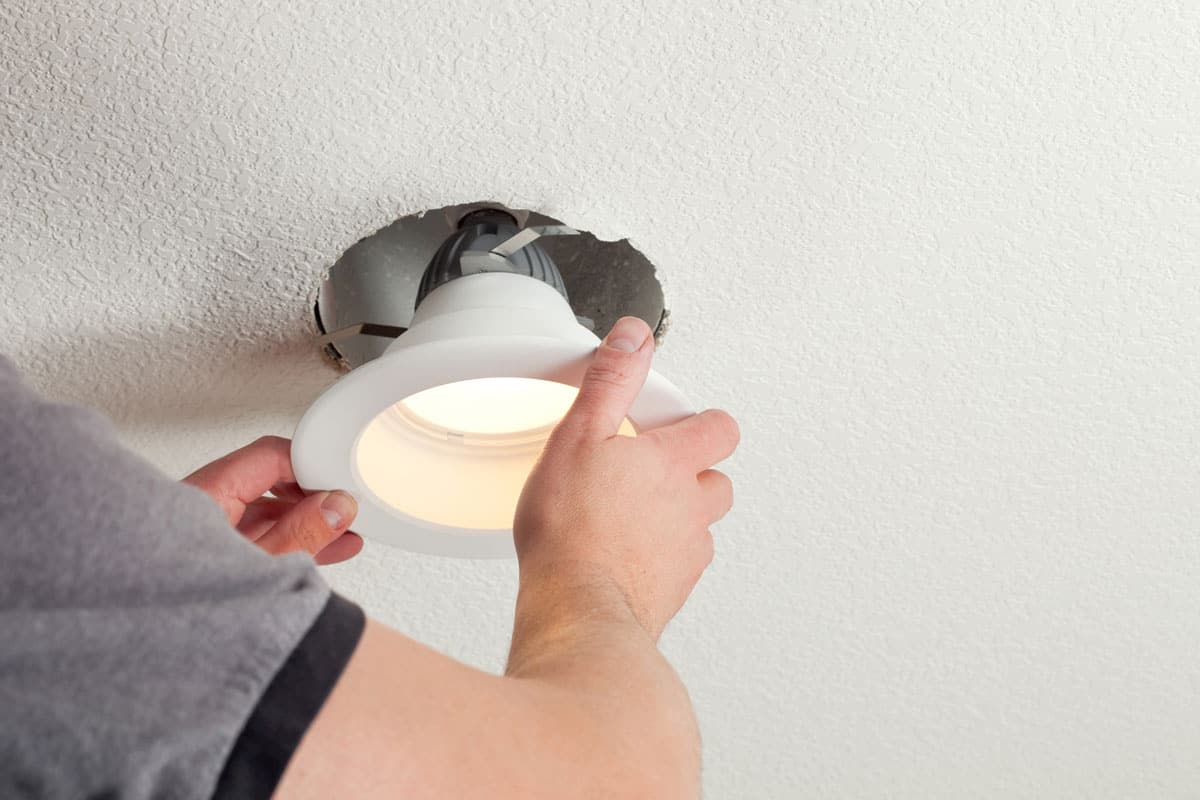
Some patios and other outdoor structures may use integrated ceiling LEDs to brighten up the area. It’s also best to replace the old LED lighting fixture with a new yet same model. You may replace the old LED light with a different model, although you may need to go through additional remodeling procedures.
Also, and as with relatively any light replacement project, make sure to prepare yourself for this job. Practicing safety protocols, such as wearing goggles, gloves, and securing a stepladder, can reduce the risks of accidents and injuries.
After making the necessary preparations, proceed with this project by following these steps:
What You’ll Need
- Replacement LED ceiling light
- Screwdriver
- Utility knife
Step-by-Step Guide
- Turn off the power connected to the lighting fixture. You may need to do this step from the circuit breaker.
- Score the old fixture’s faceplate between its housing and the ceiling with the sharp utility knife.
- Unscrew the old housing from the ceiling.
- Hold the dangling housing with one hand. Then, undo the hot wires and remove the old housing.
- Connect the wires to the new ceiling light’s housing while paying attention to their placements.
- Secure the new housing to the ceiling.
- Restore power to the ceiling light and test it by turning it on by flipping its switch.
Check out this LED ceiling light on Amazon.
Note: It can be a good idea to take a picture of the wiring before removing it from the old setup. That way, it would relatively easy for you to connect the new LED ceiling light to your home’s electrical framework.
Watch the video below to learn more details about this LED ceiling light replacement project:
Can I Put LED Bulbs In Halogen Fittings?
You can old halogen bulbs with LED bulbs even if the bracket or mount is for the former. But you should take note of certain factors before you can make the replacement job successful. Some of the things to think about are:
- Know the maximum load. Look for the transformer connected to the old halogen lightbulb and find its peak capacity.
- Replace with an equivalent wattage. Installing an LED lightbulb with the same wattage as the old halogen bulb helps ensure that the transformer handles the power efficiently and safely.
- Use a compatible transformer. If you’re about to install a low-voltage LED bulb, you also need to change the transformer with a low-voltage variant.
What Type Of Outdoor LED Lighting Is Best?
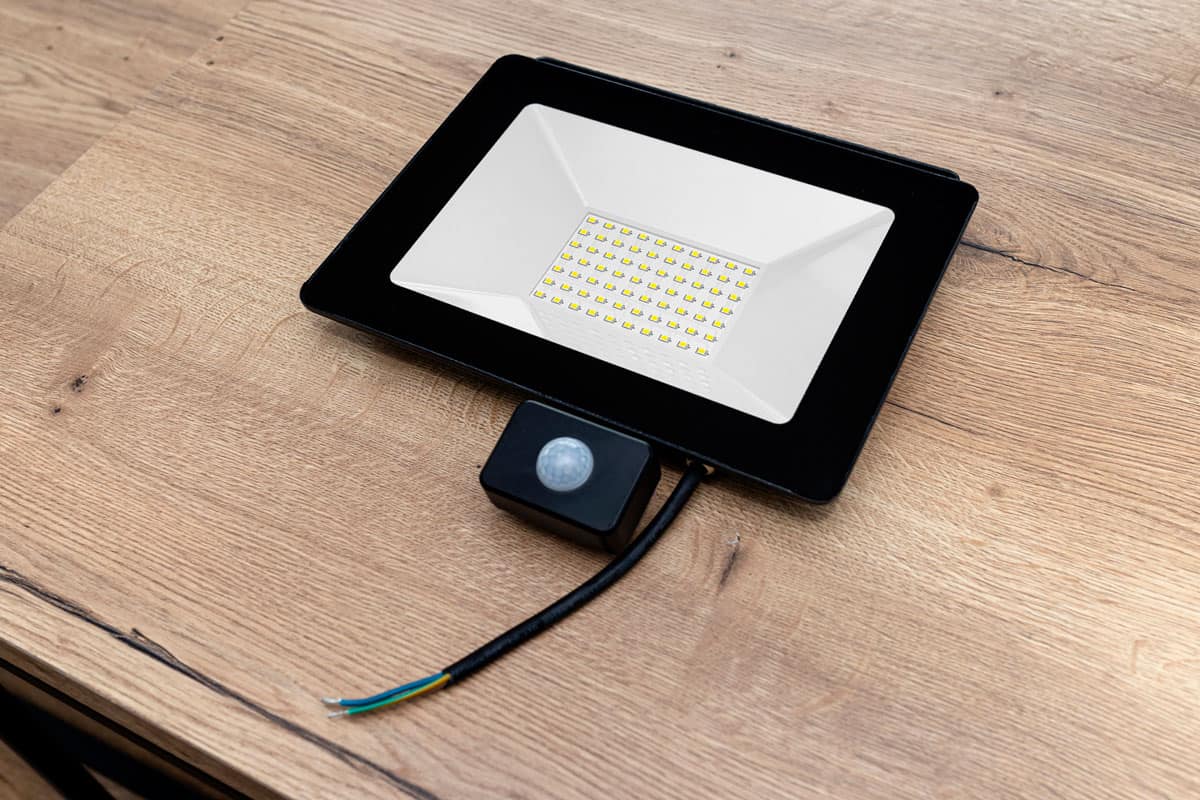
Keep in mind that different outdoor LED lighting fixtures often provide unique benefits and shortcomings. That also means that a single outdoor LED may not supply all the advantages or have every drawback. So it’s often a good idea to assess your property’s outside lighting needs for you to find and install the appropriate LED lighting fixture.
Still, here are some types of outdoor LED lighting that you may want to install for your lot:
Spotlight
LED spotlights are often ideal to illuminate certain pieces in your garden. It can be a statue, a tree, or a previously dark spot to help deter thieves. These lighting fixtures typically fire concentrated beams that are often brighter than standard LED bulbs, particularly when compared to low-voltage models.
Check out these outdoor LED spotlights on Amazon.
Step Light
As the name implies, step lights help illuminate flights of stairs to help reduce the risks of falls or trips in the dark. LED step lights also use different housings that may help increase their serviceable lives. Take note that some materials used in these encasements, such as composite metal, might be more durable than others.
Check out these outdoor LED step lights on Amazon.
String light
Perhaps the main advantage of using outdoor LED string lights is their versatility. You can position these units in a broad range of positions to optimize their brightness. But take note that using more LED string lighting fixtures than necessary might increase your energy costs.
Check out these outdoor LED string lights on Amazon.
Final Words

Many outdoor LED lights are replaceable. But some of these outside LED lighting fixtures may demand more than beginners’ knowledge and skill to change. Also, don’t forget to think about the type of LED lighting to replace to understand its unique pros and cons.
If you like this post, check out this other great read:






